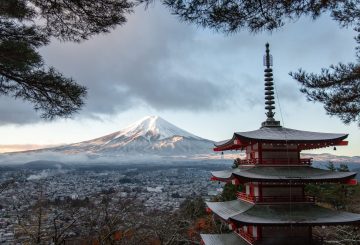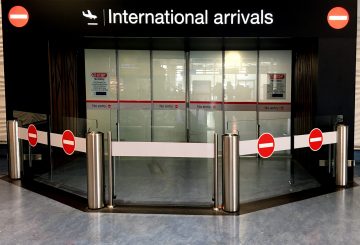Người New Zealand có thể phải đối mặt với một cuộc tranh luận lớn về thuế trong những năm tới. Các nhà phân tích cho rằng vấn đề quan trọng là liệu quốc gia này có thu đủ thuế hay không, không chỉ là liệu có cần thuế lãi vốn hay không. Hiện tại, New Zealand có thâm hụt tài khóa khoảng 2,4% nền kinh tế của mình, theo cố vấn kinh tế trưởng của Bộ Tài chính, Dominick Stephens.
Báo cáo năm 2021 của Bộ Tài chính chỉ ra một số thách thức, bao gồm chi phí biến đổi khí hậu, công dân già đi và chi phí chăm sóc sức khỏe tăng cao. Nếu xu hướng chi tiêu tiếp tục, nợ của đất nước có thể trở nên không bền vững. Khi nhiều người nghỉ hưu, sẽ ít hơn làm việc và nộp thuế.
Giáo sư Robert MacColloch từ Đại học Auckland tin rằng những yếu kém của nền kinh tế sẽ gây khó khăn cho việc gây quỹ cho y tế và giáo dục, dẫn đến một cuộc thảo luận về thuế trong cuộc bầu cử tiếp theo. Đảng Lao động có thể thúc đẩy tăng thuế để hỗ trợ các dịch vụ, tương tự như Đảng Lao động Anh, trong khi Đảng Quốc gia có thể chống lại những thay đổi như vậy.
Chuyên gia thuế Terry Baucher cảnh báo thâm hụt 2,4% tương đương với khoảng 10 tỷ USD. Ông lập luận rằng cắt giảm chi phí của chính phủ có thể làm trầm trọng thêm thâm hụt, như đã thấy ở Anh sau năm 2010. Chi phí lương hưu, chăm sóc sức khỏe và biến đổi khí hậu ngày càng tăng đồng nghĩa với việc New Zealand có thể cần tăng thuế, ước tính mức tăng khoảng 2% GDP hoặc 8 tỷ đô la, sẽ được phân bổ theo thời gian.
Baucher lưu ý rằng chính phủ hiện tại có thể trì hoãn việc tăng thuế cần thiết. Các thế hệ già giàu có hơn, những người nắm giữ phần lớn của cải, có thể chống lại những thay đổi làm tăng thuế của họ. Ông tin rằng New Zealand chưa giải quyết đầy đủ các rủi ro tài chính từ biến đổi khí hậu.
Các chuyên gia khác, như Dennis Wesselbaum từ Đại học Otago, đồng ý rằng dân số già có thể yêu cầu mức thuế cao hơn đối với chăm sóc sức khỏe và dịch vụ. Họ đề nghị quản lý hiệu quả của chính phủ hoặc thu hút nhiều người di cư trẻ hơn là giải pháp tiềm năng.
Cuối cùng, các nhà lãnh đạo có thể phải đối mặt với những lựa chọn khó khăn: tăng thuế, cắt giảm trợ cấp cho người cao tuổi hoặc giảm chi tiêu của chính phủ. Nhu cầu về dịch vụ ngày càng tăng nhưng ít người trả tiền cho chúng hơn, điều này làm phức tạp việc lập kế hoạch tài chính cho tương lai.




























































